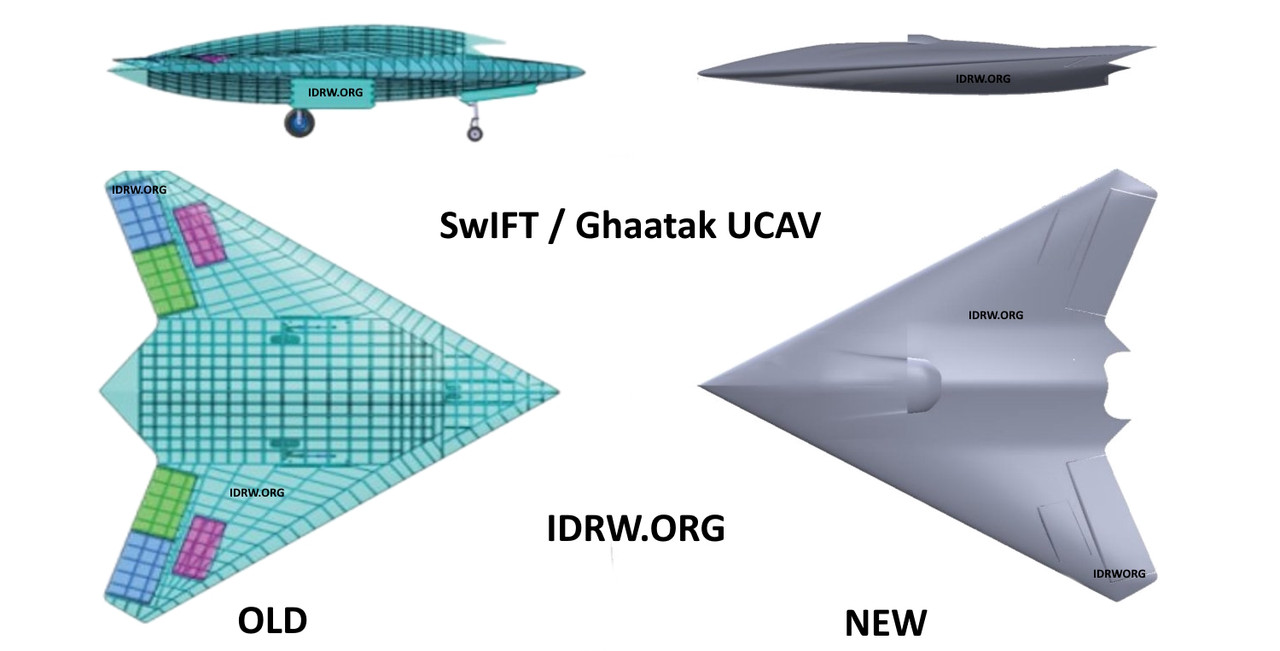SOURCE: IDRW.ORG

India’s long-cherished dream of developing an indigenous jet engine for advanced combat aircraft is nearing a critical milestone as the Kaveri Derivative Engine (KDE), developed by the Defence Research and Development Organisation’s (DRDO) Gas Turbine Research Establishment (GTRE), is set to undergo its final round of 25 hours of inflight testing on an Ilyushin Il-76 testbed in Russia. The tests, scheduled for late 2025, aim to complete the engine’s certification process by 2026, clearing the path for its integration into the ambitious Ghatak Unmanned Combat Aerial Vehicle (UCAV) program, according to sources cited by idrw.org.
The KDE, a derivative of the long-troubled Kaveri engine, is designed to power the 13-ton Ghatak UCAV, a stealthy, multi-role unmanned platform capable of both precision strikes and air-to-air combat, including dogfights. The engine’s certification is a prerequisite for securing official funding for the Ghatak program, estimated to require ?5,000 crore (approximately $600 million) for development. The program, led by DRDO’s Aeronautical Development Establishment (ADE), has been on hold to prioritize the KDE’s development, ensuring the engine is fully tested and certified before integration into the UCAV.
The Kaveri engine, originally conceived in the 1980s to power the Light Combat Aircraft (LCA) Tejas, faced significant challenges, including insufficient thrust and delays in meeting technical benchmarks. The KDE, an optimized version with a thrust output of approximately 50–55 kN (with potential upgrades to 60 kN), has been tailored for the Ghatak UCAV’s requirements, offering a balance of stealth, fuel efficiency, and performance for high-altitude, long-endurance missions. The engine incorporates advanced materials and improved compressor and turbine designs, addressing earlier shortcomings while leveraging lessons from partnerships with France’s Safran and Russia’s NPO Saturn.
The upcoming inflight tests in Russia, conducted on an Il-76 testbed, will evaluate the KDE’s performance under real-world flight conditions, including high-altitude operations, variable thrust demands, and thermal management. These 25 hours of testing follow extensive ground trials at GTRE’s Bengaluru facility, where the engine demonstrated stable performance across a range of operating conditions. “Certification by 2026 will be a game-changer for India’s aerospace self-reliance,” said a DRDO official. “It will not only power the Ghatak but also position India as a developer of advanced jet engines.”
The Ghatak UCAV, envisioned as a 5.5-generation stealth platform, is designed to carry precision-guided munitions, conduct intelligence, surveillance, and reconnaissance (ISR) missions, and engage in air-to-air combat, a capability rare among unmanned systems globally. With a maximum takeoff weight of 13 tons and a payload capacity of up to 2 tons, the Ghatak aims to complement India’s manned fighter fleet, including the Advanced Medium Combat Aircraft (AMCA) and Tejas Mk-2. Its ability to dogfight sets it apart from traditional UCAVs, aligning with modern warfare trends where unmanned systems take on roles previously reserved for piloted jets.
NOTE : Article cannot be reproduced without written permission of idrw.org in any form even for YouTube Videos to avoid Copy right strikes. Websites doing illegal reproductions will get DMCA and Legal Notices.